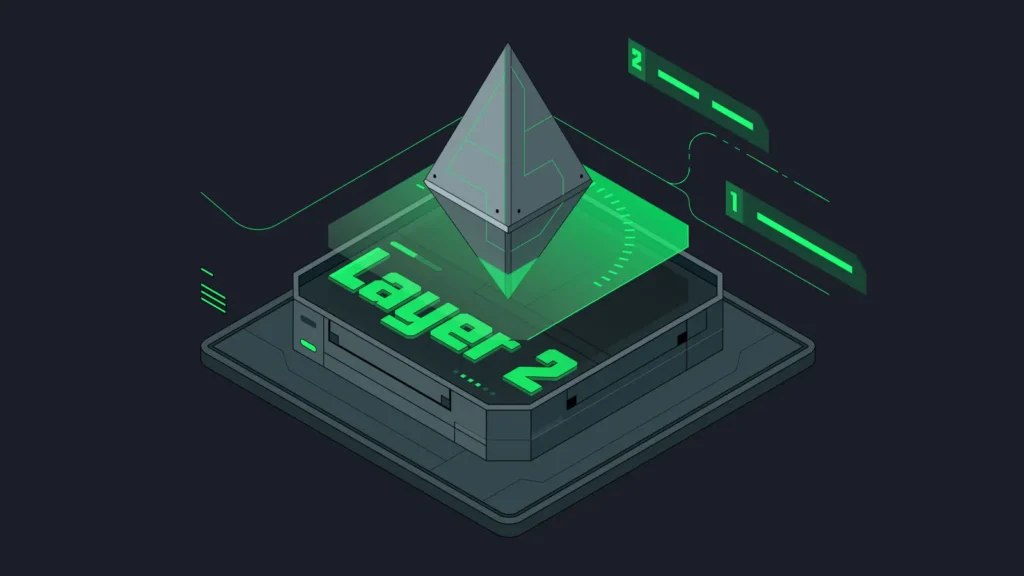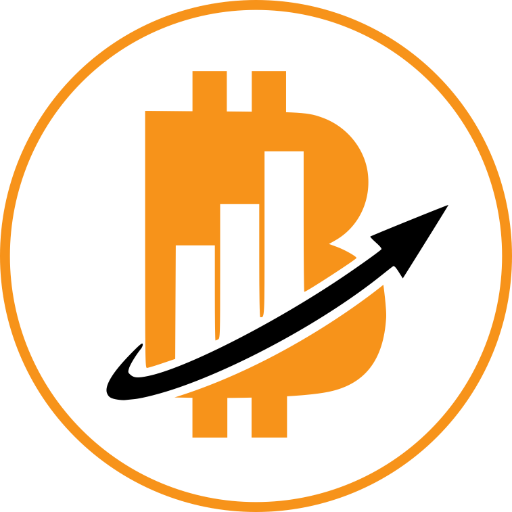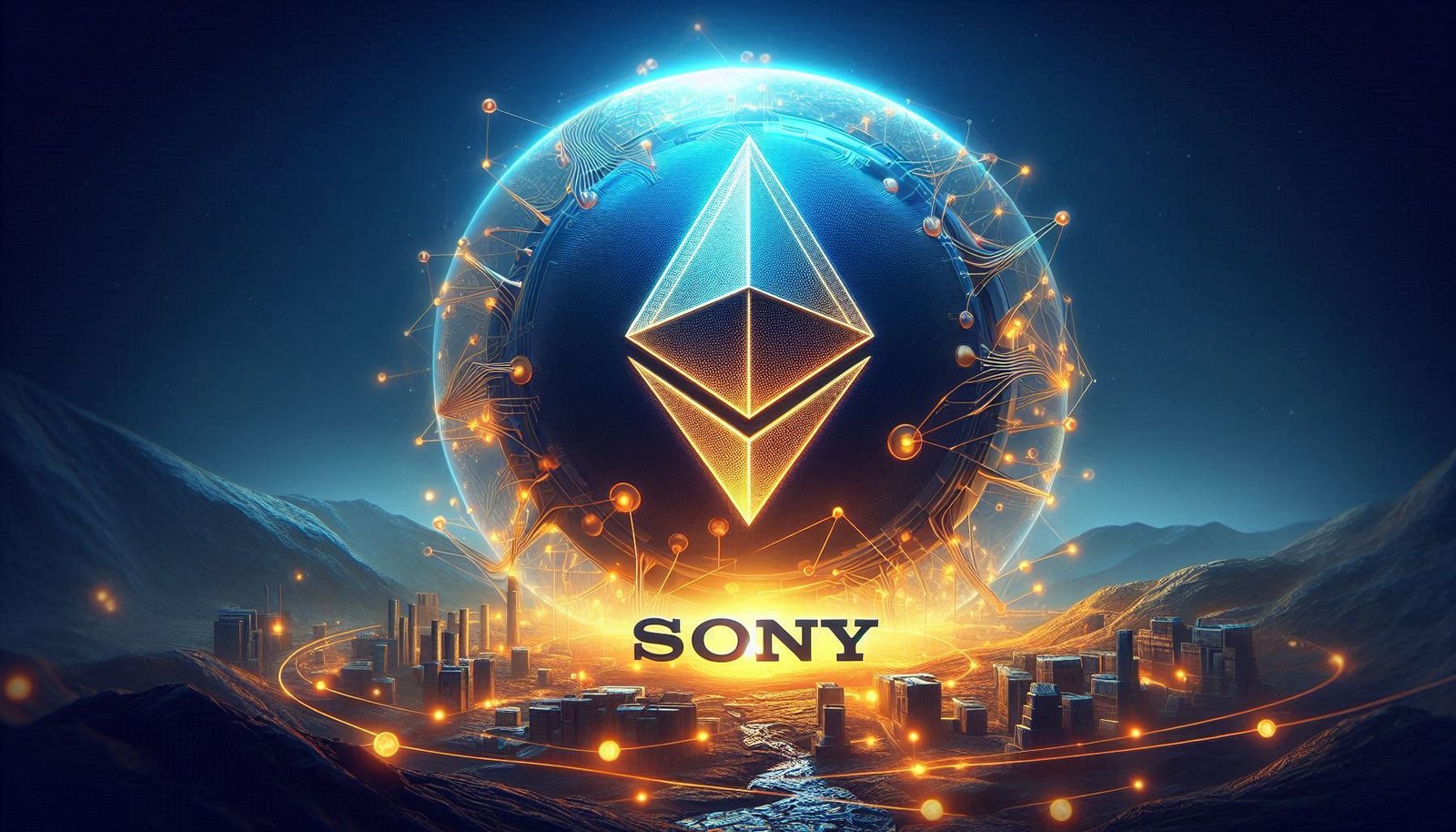Sony Group has revealed a major play in the Web3 industry with Soneium, an Ethereum Layer-two solution. This step underpins Sony’s increased focus on Blockchain technology and its possible applications in multiple sectors, including entertainment, gaming and digital content generation.
New Beginning for Sony
Joining Web3 means that Sony will continue maintaining its stance as one of the leaders of technological advancement. Sony has established itself in the entertainment products sector, where it deals in items such as games, music, and movie production. By establishing Soneium, Sony is gearing up for the purpose of new and promising niches in the sphere of blockchain.

Another key aspect of the project, Soneium, lays down the foundation to eradicate some of the common problems that currently exist in blockchain technology, like scalability and high transaction fees. Ethereum Layer-2 gives Soneium the perfect opportunity to offer faster and cheaper transactions, which remains attractive to developers and users.
Ethereum Layer-2: What Is Its Role?

Compact Layer-2 solutions have attracted much interest in the last year since these solutions have the potential to augment Ethereum. Such solutions seek to perform and authenticate transactions outside the Ethereum network, thus cutting down on the total load to the decentralized blockchain network. This leads to the shortening of time taken in transactions and the reduction of other costs which if tackled is partly an influential driver for the expansion of blockchain technology.
Soneium will be based on the Optimism framework, an Ethereum Layer 2 solution familiar to many and developed by the Optimism Foundation. This decision points to the company’s focus on applying tested technology in its Web3 efforts. Optimism has been applauded for enhancing Ethereum’s security and decentralization while boosting scalability.
Potential Applications
Soneium is expected to be widely used especially in the entertainment and gaming industry since Sony has the largest market share in these fields. Such utility could be employed to launch decentralized gaming networks thereby allowing players to own and sell in-game assets seamlessly. They may also help open up markets regarding digital content that are more democratic and thus enable artists and other creators to make money from their work more easily.
However, Soneium’s competencies could also lie in other sectors of the economy including; supply chain, identity, or decentralized finance (DeFi). The structure of the network opens up the possibilities of applying it to a wide range of scenarios and may redefine how organizations function in the context of the context of the fourth industrial revolution.
Sony’s Broader Web3 Strategy
Soneium is one of the Web3 projects that Sony is gradually deploying as part of the company’s strategic integration of decentralised technologies into its operations. The company has been researching the application of blockchain, other prior undertakings include creating blockchain-based platforms for music royalties and digital assets.
Another reason to look to Web3 is to point at Sony’s investment in blockchain startups and cooperation with other tech firms. Sony has, therefore, decided to layer its own Layer-2 network with ambitions of long-lasting support for numerous Web-3 solutions.
Challenges and Opportunities
Although Sony seems to be on the right track regarding the new Web3 opportunities, it also has its risks. The blockchain industry is still in its formative stage and the technology has potential and challenges in terms of technical and legal framework. For instance, aspects such as security and network size of Soneium will be very significant for the success of this business. Also, Sony will face several legal challenges associated with the application of blockchain technology that differs from country to country.
However, Web3 has a lot of potential, which can be seen considering the challenges mentioned above. The demand for a blockchain architecture like Soneium is likely to grow as more companies and developers say the same for blockchain adoption. Technological advancement and entertainment are the areas in which Sony has most of its strengths, as well as, the firm aims at innovativeness in its operations.
Conclusion
The Soneium Ethereum Layer-2 network is an important part of Sony’s Web3 strategy Sony has already launched the Soneium Ethereum Layer-2 network. Here, Sony is not only enhancing its technological skills but is also preparing for the further new opportunities provided by the blockchain in entertainment video games, and others. With the growth of Web 3. 0, the possibility of Soneium having a significant influence on the advancement of decentralized applications and online content creation remains high.
If you liked this article, then please subscribe to our YouTube Channel for web3 video tutorials. You can also find us on Twitter and Instagram.

